Zimbabwe Safaris in Hwange National Park – Best Time to Travel – Kaza Visa
-
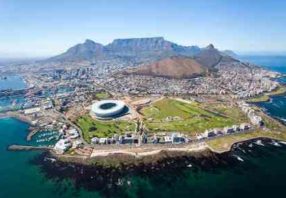
Cape Town | Kruger Park | Victoria Falls | Okavango Delta Safari – 12 days
From: R49,790 Select date(s) -
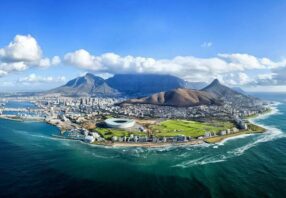
Cape Town | Kruger Park | Victoria Falls | Okavango Delta Safari – 15 days
From: R62,990 Select date(s) -
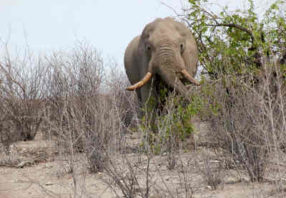
Cape Town Kruger Park Victoria Falls Safari – 11 days
From: R47,508 Select date(s) -
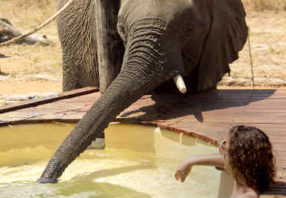
Luxury Hwange Safari & Victoria Falls – 5 nights
From: R23,770 Select date(s) -
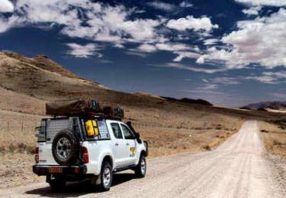
Namibia Windhoek Victoria Falls Self Drive Safari One Way 14 days
From: R32,590 Select date(s) -
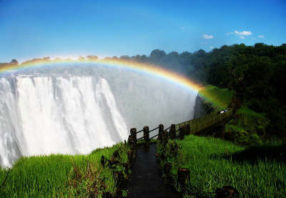
Safari & Beach Zimbabwe – Seychelles 12 days
From: R45,180 Select date(s) -
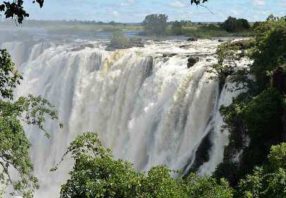
Victoria Falls and Chobe Safari – 5 days
From: R16,970 Select date(s) -

Victoria Falls Hwange Safari – 5 nights
From: R15,970 Select date(s) -
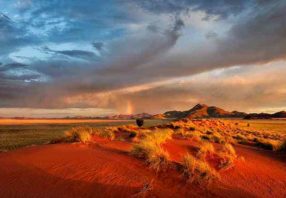
Windhoek to Namib Rand to Victoria Falls Self Drive Camping Safari One Way
From: R22,490 Select date(s) -
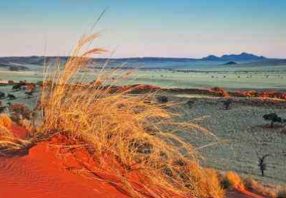
Windhoek to Namib Rand to Victoria Falls Self Drive Safari One Way 14 days
From: R29,390 Select date(s)
Best Time to Travel
Zimbabwe enjoys a pleasant, temperate climate. During the Wet season, from November to March (Summer), rains usually fall in heavy afternoon showers, but they can sometimes be lighter and continuous for a couple of days. The Dry season, from May to October (Winter), with almost no rain is colder. Nights and mornings can be as cold as 5°C/41°F to freezing, but daytime temperatures are still pleasant with lots of sunshine.
Zimbabwe Safaris – Wildlife
Almost all our Zimbabwe Safaris visit Hwange National Park. Hwange National Park is the largest Park in Zimbabwe, covering an area of approximately 14 650 square kilometres. There are over a 100 types of mammal and more than 300 species of birds in Hwange with a supporting cast of innumerable insects, spiders, amphibians and reptiles. The park also boasts the world famous Presidential elephants. These include ‘giant tuskers’, huge, old elephant bulls with enormous tusks. The game viewing in general is superb and the park is teeming with herds of sable, giraffe, impala, zebra and wildebeest.
Hwange’s climate and vegetation is diverse and varied. The park consists of mainly Kalahari sand desert, therefor in summer, which is the rainy season, temperatures can reach up to 45 degrees Celsius. This temperatures can then drop down to 20 degrees as sun sets, making the evenings balmy and comfortable. The rains come during the months of November through March.
Victoria Falls has become the premier adventure resort of Africa with a multitude of activities to suit every traveler. Some of the most popular are elephant back safaris, exploring the local craft market for African treasures and taking a helicopter flight over the mile-wide Victoria Falls, guided walking safaris and game drives are activities not to be missed. Please ask us.
Game drives take place in 4×4 safari vehicles providing guests with the chance to see big game and enjoy a buffet meal on the banks of the mighty Zambezi River. Other activities are white water rafting in the river and horseback riding through areas with a high concentration of game and beautiful scenery. Day and overnight trips to Chobe (Botswana) and Hwange National Park.
Devil’s Pool is adjacent to the famous Livingstone Island situated on the edge of the Victoria Falls. Visitors can enjoy an exhilarating swim to the edge of the falls during their Livingstone Island visit.
The Devil’s Pool is usually open between mid August and mid January – depending on Zambezi water levels.
KAZA Uni Visa
The KAZA uni-visa allows holders to travel for an unlimited number of times between Zimbabwe and Zambia, for as long as they do not cross over into other countries such as Namibia, Angola, South Africa or Mozambique (to name a few). However, as with the visa before, folks who want to take a day trip into Chobe or Kasane (Botswana) can do so and still use the KAZA visa for their return entry to Zimbabwe or Zambia.

AREA DESCRIPTION – VICTORIA FALLS
Victoria Falls town lies on the southern bank of the Zambezi River at the eastern end of the Victoria Falls. It is a lovely tourist town which is easy to explore on foot and which offers a wide range of activities from the challenge of white water rafting and bungi jumping, to the awe-inspiring elephant back safaris and sunset cruises. It has something for everyone
The Victoria Falls are one of the Seven Wonders of the World and is the largest sheet of falling water on earth – a spellbinding and mesmerising spectacle. The sheer mass of water cascading down the 100m drop across nearly 2km makes a thunderous roar and creates a magnificent spray of water that can be seen for miles – hence the local name ‘mosi oa tunya’ meaning ‘the smoke that thunders’.
Access to Victoria Falls is within easy walking distance from the town centre. Water flow over the falls varies throughout the year. The river’s annual flood season is February to May when the spray can reach a height of over 400m, this is spectacular from above but it makes it very difficult to see the falls at ground level as it is under a heavy shower/mist. Water levels start dropping in August and are at their lowest October – December when much of the rocky face becomes dry. At times of low water, the falls are best viewed from the Zimbabwe side or from Livingstone Island.
Hwange National Park | Elephant Rides

